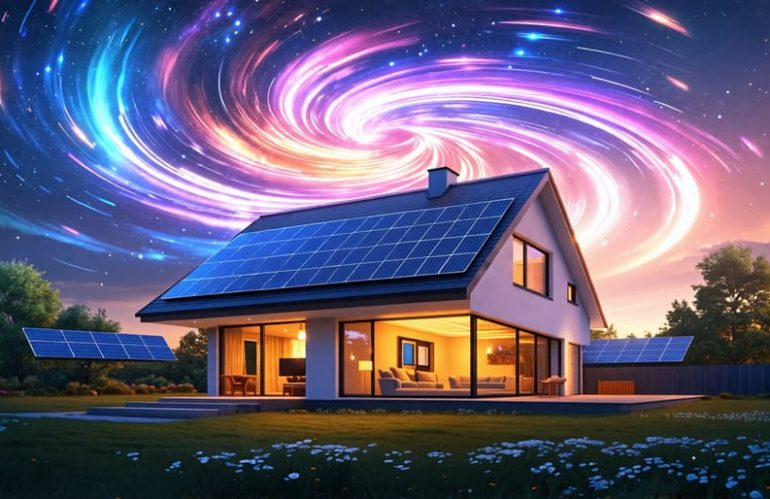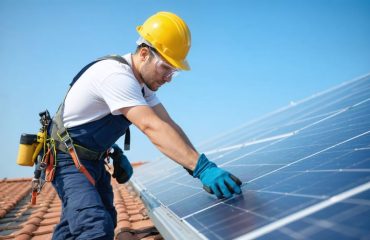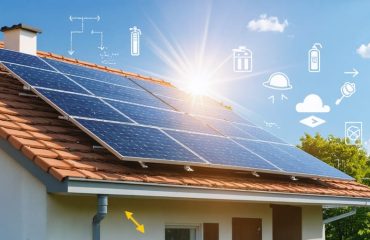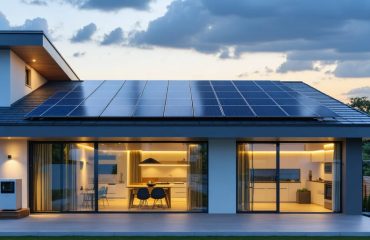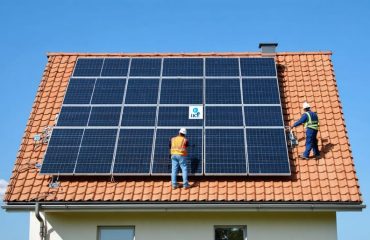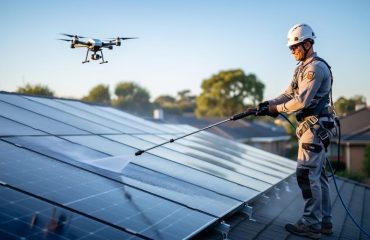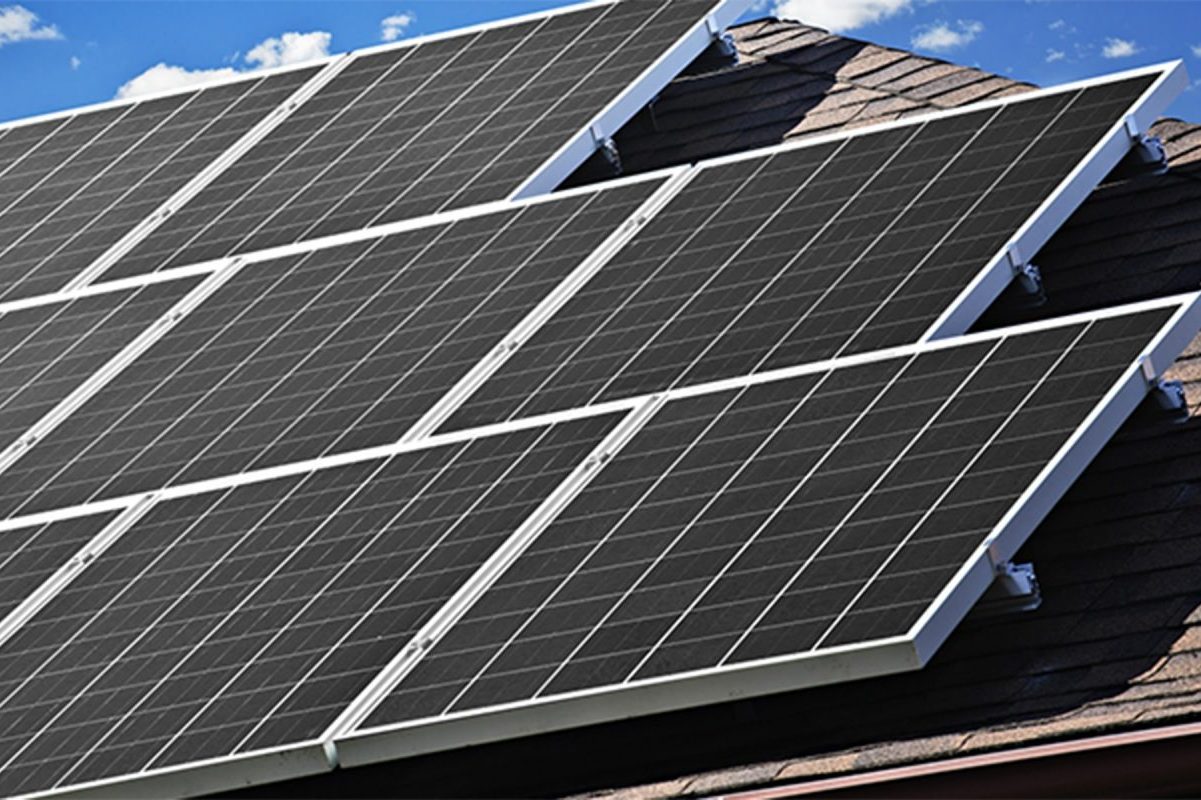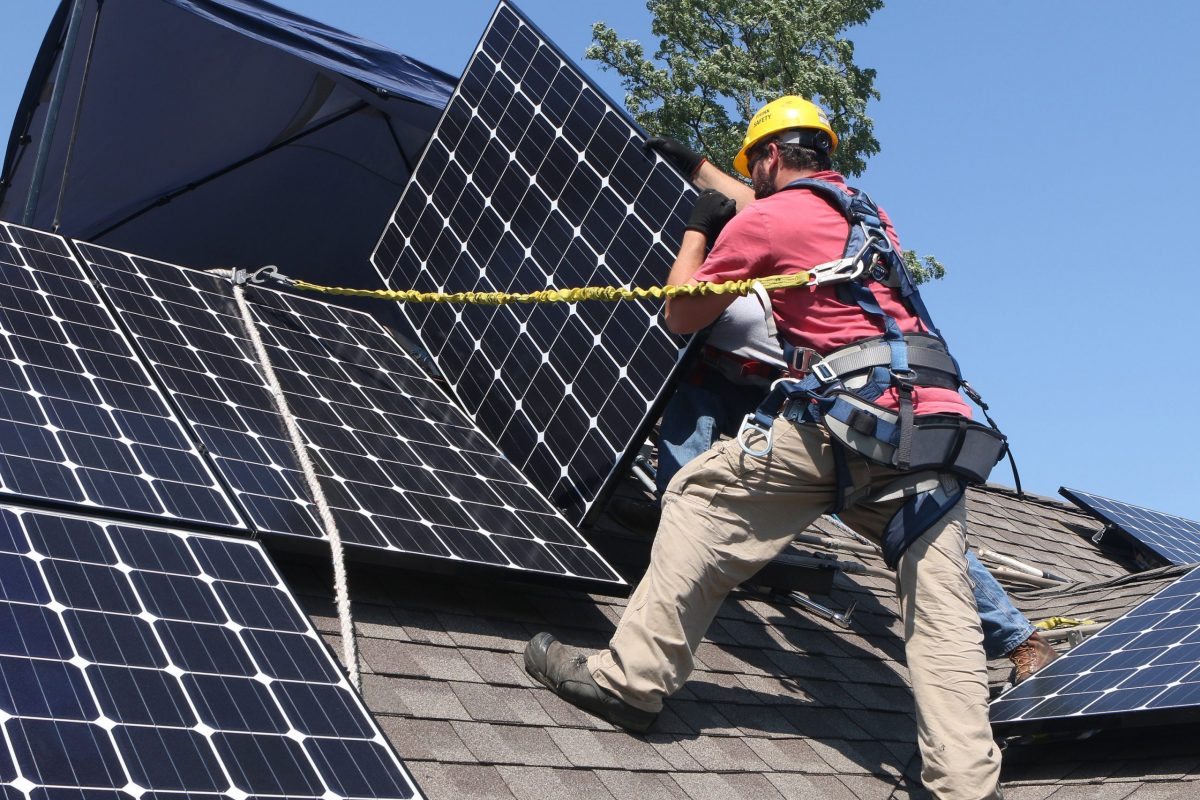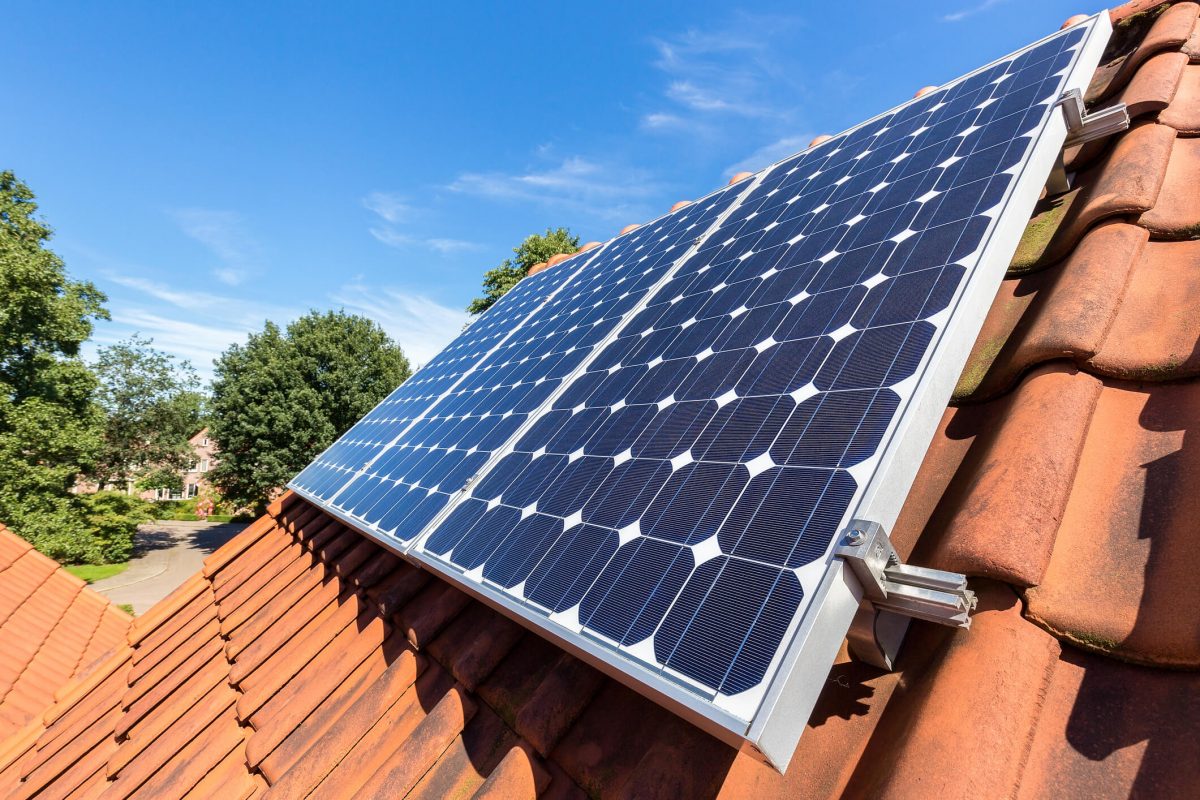Invest in a whole-home surge protector to safeguard your solar system and appliances from voltage spikes caused by solar storms. Create an emergency backup power plan, such as installing a solar battery storage system or keeping a portable generator on hand. Stay informed about space weather forecasts from reliable sources like NOAA’s Space Weather Prediction Center to anticipate potential solar storm impacts. Regularly maintain your solar panels and electrical systems to ensure they are in optimal condition to withstand any solar storm-related stresses.
Understanding Solar Storms
Causes of Solar Storms
The sun’s activity follows an approximately 11-year cycle, during which its magnetic field becomes increasingly turbulent. This turbulence can lead to the formation of sunspots, which are cooler, darker regions on the sun’s surface. Sunspots are often accompanied by solar flares – sudden, intense bursts of radiation that can disrupt radio communications and satellite operations on Earth. Another phenomenon associated with solar storms is coronal mass ejections (CMEs). These are massive clouds of charged particles ejected from the sun’s corona that can travel at speeds up to several million miles per hour. When directed towards Earth, CMEs can interact with our planet’s magnetic field, causing geomagnetic storms that have the potential to damage electrical grids, disrupt GPS signals, and even pose risks to astronauts in space. By understanding the causes of solar storms, we can better prepare for their potential impacts on our technology-dependent society.

Categories of Solar Storms
Solar storms are categorized based on their intensity and potential impact using scales such as the NOAA Space Weather Scales. The G-Scale measures geomagnetic storms from G1 (minor) to G5 (extreme), with higher levels causing more severe disturbances to power grids and satellite operations. The R-Scale assesses radio blackouts from R1 (minor) to R5 (extreme), impacting high-frequency radio communication and GPS signals. The S-Scale evaluates solar radiation storms from S1 (minor) to S5 (extreme), posing risks to astronauts and airline passengers at high altitudes. While solar storms can disrupt communications and cause power outages, proper preparedness measures can mitigate their effects on solar panel systems and ensure a stable home energy supply. Understanding these scales helps homeowners assess the severity of solar storms and take appropriate action to safeguard their solar investments and maintain a sustainable, resilient energy solution.
Impacts on Solar Panels and the Grid
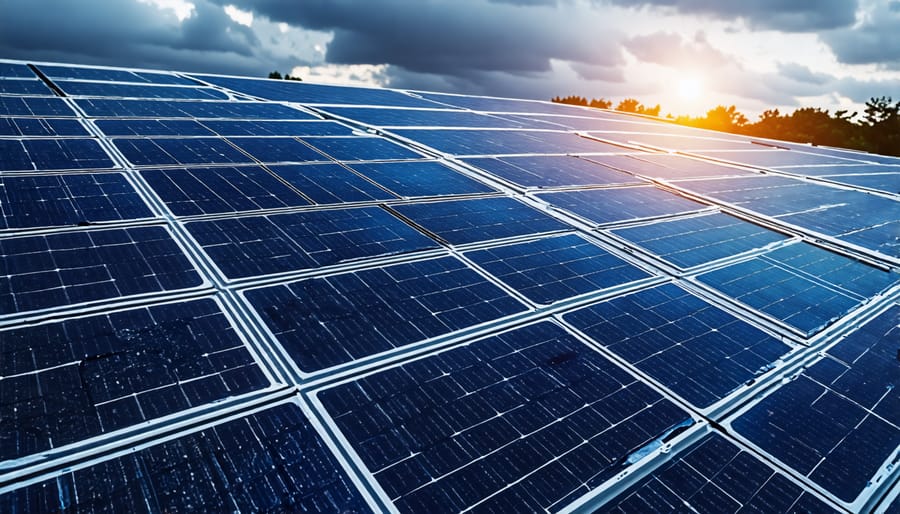
Effects on Solar Panels
Solar storms can impact residential solar panels in several ways. High-energy particles and electromagnetic radiation from these events may cause physical damage to solar cells, reducing their efficiency and power output. Fluctuations in the Earth’s magnetic field during solar storms can also induce harmful currents in electrical systems, potentially damaging inverters and other components. However, most modern solar panels are designed to withstand the effects of solar storms, and many manufacturers offer warranties covering such events. While efficiency may temporarily decrease during a solar storm, long-term impacts are generally minimal with proper system design and maintenance. Homeowners can protect their investment by choosing high-quality, durable panels and working with experienced installers who follow best practices for grounding and surge protection. By taking these precautions, you can enjoy the benefits of clean, renewable energy from your solar panels with peace of mind, even in the face of cosmic disturbances like solar storms.
Grid Vulnerabilities
The electrical grid is highly vulnerable to geomagnetic disturbances caused by solar storms. These disturbances can induce currents in long conductors, such as power lines, leading to transformer damage, voltage instability, and widespread blackouts. The grid’s interconnectedness amplifies the impact, as a failure in one area can cascade across regions. Protective measures, like Faraday cages and resetting after outages, can mitigate some risks. However, the grid’s scale and complexity make comprehensive protection challenging. As solar storms increase in frequency and intensity during peak solar cycle years, the risk to our electrical infrastructure grows, underscoring the need for preparedness and resilience.
Preparing Your Home for Solar Storms
Surge Protection and Grounding
To protect your solar panel system from potential damage caused by solar storms, invest in high-quality surge protection devices (SPDs). These devices divert excess electrical current away from your panels and inverters, preventing harmful power spikes. Proper grounding is equally important. Ensure your solar array is connected to a grounding rod driven deep into the earth, creating a low-resistance path for electrical surges to safely dissipate. Regularly check your grounding connections and proper cleaning techniques to maintain optimal protection. By taking these precautions, you can safeguard your investment and enjoy the benefits of clean, renewable energy without worrying about the effects of solar storms. Remember, an ounce of prevention is worth a pound of cure when it comes to protecting your home’s solar energy system.
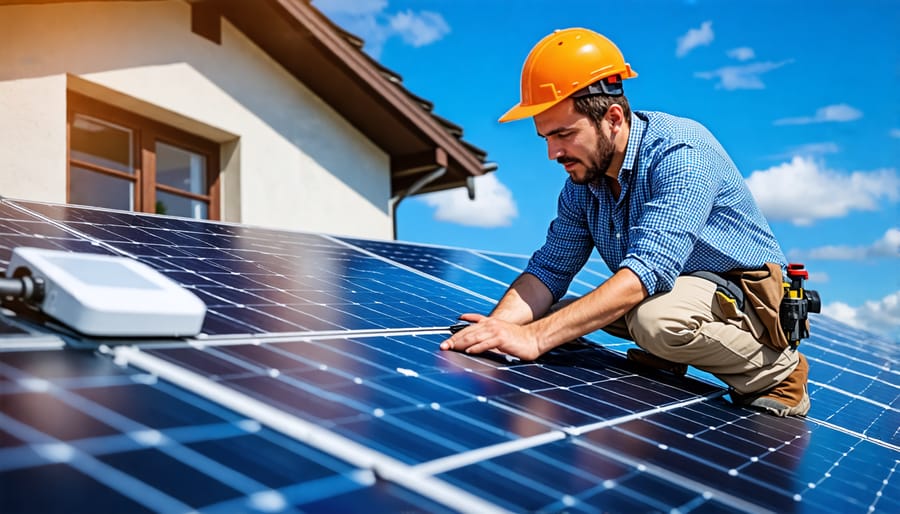
Battery Backup Systems
Installing battery storage is a smart way to maintain power during grid outages caused by solar storms. Battery storage systems store excess energy generated by your solar panels, allowing you to draw upon that stored power when the grid goes down. This ensures you can keep essential appliances and devices running, even during extended outages. Battery backup also helps maximize your solar investment by reducing reliance on the grid and enabling you to use more of the clean energy your panels produce. With the growing threat of solar storms, adding battery storage to your solar setup is a wise preparedness measure that provides peace of mind and energy resilience. Talk to your solar installer about sizing a battery system to meet your backup power needs, so you can rest assured you’re ready to weather any storm.
Alternative Backup Power Options
While solar panels are an excellent renewable energy source, it’s wise to consider alternative backup power options for emergencies. Generators, both portable and standby models, can keep essential appliances running during outages. Portable generators are more affordable but require manual setup, while standby generators automatically kick in during blackouts. Other options include battery storage systems that store excess solar energy for later use and even small wind turbines for off-grid power. When selecting a backup power solution, consider your budget, energy needs, and ease of use to find the best fit for your home and family.
Monitoring Solar Storm Activity
Space Weather Prediction Center
The National Oceanic and Atmospheric Administration (NOAA) operates the Space Weather Prediction Center, which continuously monitors the sun’s activity and provides vital forecasts and alerts. Their team of expert scientists analyze solar data from satellites and ground-based observatories to detect potential solar storms. When a significant event is predicted, the center issues watches, warnings, and alerts to keep the public informed. These timely notifications help solar panel owners take necessary precautions to safeguard their systems and maintain a reliable energy supply. By staying updated with the Space Weather Prediction Center’s reports, homeowners can better prepare for and mitigate the risks associated with solar storms.
Solar Storm Apps and Websites
To stay informed about potential solar storm activity, consider using reputable apps and websites. The NOAA Space Weather Prediction Center offers a comprehensive website with real-time updates, forecasts, and educational resources. The European Space Agency’s Space Weather Service is another reliable source for global solar storm monitoring. For mobile access, the 3D Sun app by NASA provides interactive visualizations of the sun’s activity, while the SpaceWeather app offers push notifications for various space weather events. By leveraging these resources, homeowners can stay proactive in safeguarding their solar investments and ensuring uninterrupted power supply during solar storms.
Conclusion
Solar storms are a real threat to our increasingly solar-powered world, but with the right knowledge and preparation, homeowners can safeguard their solar investments and maintain a reliable energy supply. By understanding the risks, implementing protective measures, and staying informed about space weather conditions, you can minimize the potential impact of solar storms on your home solar system.
Taking proactive steps now, such as installing surge protectors, grounding equipment properly, and having a backup power plan, can provide peace of mind and ensure your home remains powered even during extreme solar events. As our society continues to embrace renewable energy, building resilience against solar storms is crucial for a sustainable future. We encourage all solar homeowners to prioritize solar storm preparedness as an essential part of responsible solar ownership, contributing to a more secure and reliable clean energy grid for generations to come.

